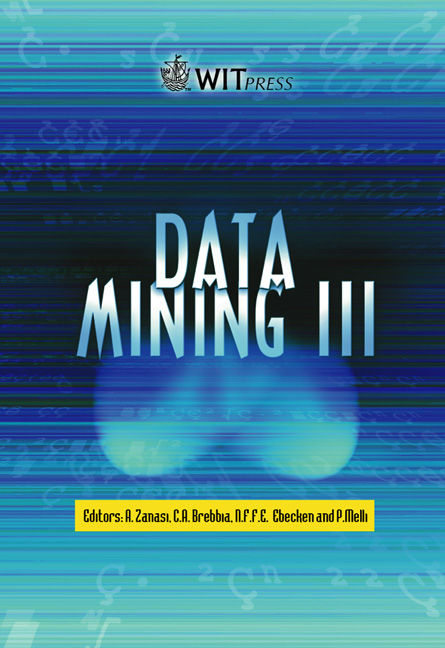Improvement Of Hubble Space Telescope Subsystems Through Data Mining
Price
Free (open access)
Volume
28
Pages
Published
2002
Size
536 kb
Paper DOI
10.2495/DATA020821
Copyright
WIT Press
Author(s)
S Skias, M Darrah & M Webb
Abstract
The Hubble Space Telescope continues to increase mankind’s knowledge and awareness of the universe. While in-orbit servicing has extended Hubble’s lifetime, the expense of servicing missions is extremely high. If mission lifetime is to be extended beyond the servicing mission era, innovative mission extension concepts must be employed. One such concept to accomplishing this is data mining of historical Hubble engineering data to increase the success rate of Hubble’s science data collection. A critical component of successful science data collection is the Fixed Head Star Tracker (FHST) subsystem. This subsystem performs the first step, known as an update, in the telescope pointing process and has a failure rate of approximately 0.015. The NASA’s Hubble Project initiated a data mining effort on this subsystem, which was undertaken by the Institute for Scientific Research Inc. (ISR). Previous failure analyses indicated that many of the past failures could be attributed to the distribution of stars within the tracker’s field of view. A dataset was constructed of FHST data from the following sources: Telemetry, Command, and Star data. This data was processed using a recursive-partitioning algorithm implemented in S-Plus. The resulting decision tree indicates that pre-event FHST data supports failure prediction. Using this tree to select guide stars could reduce the tracker failure rate to 0.002. The decision tree has been validated using mission planning software. Data on the actual performance using this technique is being collected. This effort demonstrates how data mining can uncover operational deficiencies and provide cost-efficient solutions for improving subsystem performance.
Keywords





